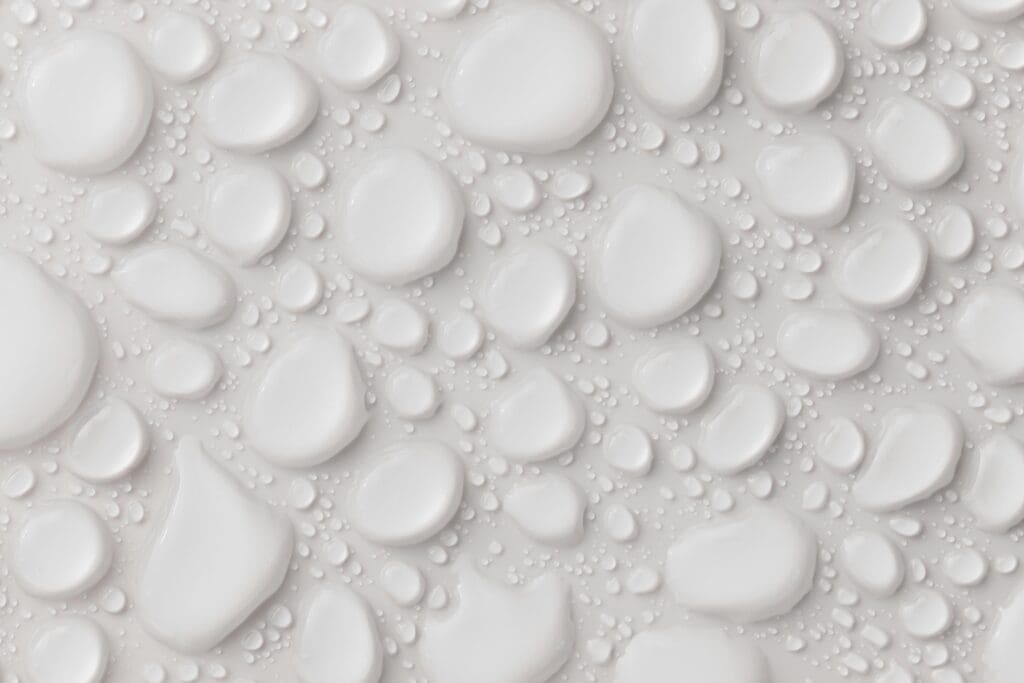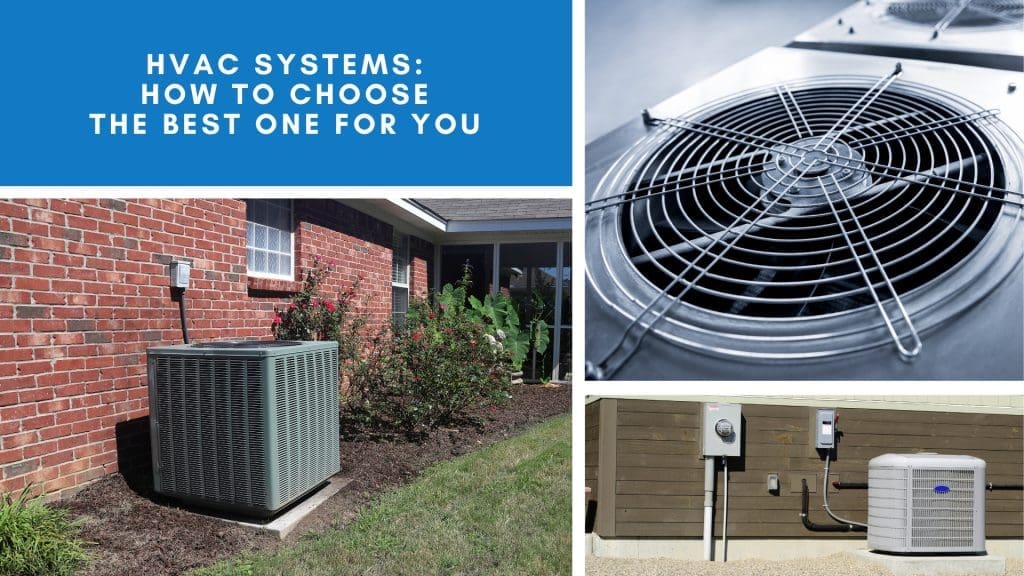Understanding Causes of Furnace Water Leaks
A furnace leaking water can be a puzzling sight. It’s not something you’d expect from your heating system. Yet, it’s a common issue that many homeowners face.
But what causes this? And more importantly, how can you fix it? These are questions that often leave homeowners scratching their heads.
In this guide, we’ll delve into the causes of furnace water leaks. We’ll help you understand why your furnace might be dripping water, and what you can do about it.
Whether you’re a small business owner, a work-from-home professional, or a busy stay-at-home mom, this guide is for you. We aim to provide you with reliable, easy-to-understand information.
So, let’s get started. By the end of this guide, you’ll have a better understanding of your furnace and how to keep it running smoothly.

Identifying Your Furnace Type
Before diving into the causes of leaks, it’s important to understand the type of furnace you have. Different furnaces have distinct features that can influence where and why leaks occur.
There are generally two main types of furnaces: standard-efficiency and high-efficiency. Knowing your furnace type is the first step in identifying potential issues and solutions.
Standard-Efficiency vs. High-Efficiency Furnaces
Standard-efficiency furnaces are older models. They typically vent exhaust gases through a chimney. These systems do not usually produce much condensation, so a leak from a standard-efficiency furnace might suggest issues like a faulty humidifier or air conditioner coil.
On the other hand, high-efficiency furnaces are more modern. They utilize a secondary heat exchanger and vent through PVC pipes. These models often produce condensation as part of their heating process. Consequently, water leaks might originate from problems with the condensate line or pump rather than the furnace itself.
Understanding which furnace you have can assist in diagnosing leaks. With this knowledge, you can better determine whether a simple fix or professional intervention is needed. Proper identification helps in ensuring your home’s comfort remains uninterrupted.
Common Causes of Furnace Water Leaks
Furnace leaks are often a sign of underlying issues. Understanding these can help you address them promptly. One common cause of leaks is condensation problems. High-efficiency furnaces produce condensation, which, if not properly managed, can lead to leaks.
Another issue to consider is a faulty secondary heat exchanger. This component can crack over time, leading to water leaks. Clogged drain lines can also be responsible. When these lines become obstructed, water can back up and leak out from the furnace.
Malfunctioning condensate pumps can equally contribute to furnace leaks. These pumps are responsible for moving condensation away. If they fail, water may accumulate and overflow. Each of these issues requires attention to ensure your furnace operates effectively.
Addressing these common causes of leaks can prevent damage and maintain your home’s comfort. Awareness and regular maintenance are key to avoiding costly repairs.
Condensation Issues
Condensation in your furnace isn’t unusual, especially in high-efficiency models. They produce condensation as a part of their heating process. If the condensation isn’t drained properly, it can result in leaks.
Improperly installed or maintained condensation lines often lead to pooling water. This water can cause further damage to your furnace or surrounding areas. Ensuring your condensate lines are clear and functioning is crucial for preventing leaks.
Faulty Secondary Heat Exchanger
A faulty secondary heat exchanger is another potential cause of leaks. This component is crucial in heat transfer. Over time, it can crack due to wear and tear.
Cracks allow water to seep through, leading to noticeable leaks. Regular inspection of the secondary heat exchanger can prevent severe leaks and maintain furnace efficiency. Addressing cracks early can save on costly repairs.
Clogged Drain Lines
Clogged drain lines are a frequent issue that leads to leaks. Over time, dirt and debris can accumulate. This blockage prevents proper drainage and leads to water back-up.
A back-up can cause water to leak from the furnace, often pooling beneath. Cleaning and inspecting drain lines regularly helps avert this problem. Routine maintenance can ensure these lines remain clear and functional.
Malfunctioning Condensate Pump
The condensate pump plays an important role in managing furnace condensation. It helps push the condensation out and away. When it malfunctions, water can overflow and cause leaks.
Common signs include water pooling or visible leaks around the furnace. Regular checks ensure the pump operates as expected. Faulty pumps need quick replacement to maintain an efficient furnace system.
Troubleshooting Furnace Leaks
Noticing water around your furnace can be concerning. Identifying the source of the leak is the first step. Start by checking for visible signs of water damage.
Inspect the furnace’s drain lines for any clogs or blockages. Look at the condensate pump’s function to ensure proper operation. These simple checks can often pinpoint the problem quickly.
Listening for unusual noises can also provide clues. Strange sounds might indicate mechanical failures. Addressing these issues promptly can prevent further damage and maintain furnace health.
Step-by-Step Guide to Diagnosing the Leak
Begin your troubleshooting by turning off your furnace. This ensures safety while you investigate. With the power off, look for pooling water around the base.
Check the condensate drain for blockages. A blocked drain can cause water to back up. Use a flashlight to inspect the line for obstructions.
Next, examine the condensate pump, ensuring it operates smoothly. Listen for humming or other noises that might signal malfunctions. If the pump isn’t working, it may require cleaning or replacement.
Move on to the air filters, as a dirty filter can restrict airflow. This may lead to overheating and water leaks. Replace any dirty filters with new ones.
Lastly, inspect the secondary heat exchanger for visible cracks. A cracked exchanger can be the source of leaks. If you discover any damage, professional assistance is recommended.
When to Call a Professional
Sometimes, leaks may be part of a larger issue. If you’ve tried basic troubleshooting without success, reach out to a professional. Persistent leaks or recurring problems require expert attention.
Professionals have the right tools to diagnose and fix complex issues. Moreover, DIY fixes may void the furnace warranty. At LC Heating and Air Conditioning, our experts are here to help.
By engaging a professional, you ensure your furnace operates safely and efficiently. This can save you money in the long run through efficiency and avoided repair costs.
Addressing Related Furnace Issues
A malfunctioning furnace might present more than just water leaks. You may also notice strange odors or find that your unit won’t turn on. Addressing these issues is crucial for maintaining comfort.
Strange odors can indicate potential hazards or technical faults. A burning smell might mean an electrical issue. Quick investigation of these odors can prevent larger problems.
If your furnace isn’t turning on, there could be simple fixes or complex issues at play. From electrical faults to clogged filters, understanding the cause will guide you in troubleshooting or seeking help.
Strange Odors and What They Mean
Odors from a furnace often signal a problem. If you detect a burning plastic smell, it might be an electrical fault. This requires immediate attention to prevent fire risks.
A musty odor could indicate mold growth in ductwork. It’s important to address this for health reasons. Regular cleaning and inspections can help prevent unpleasant smells.
Furnace Not Turning On: Potential Causes
A furnace that refuses to kick on can be frustrating. Often, a tripped circuit breaker is the cause. Reset the breaker and try again.
Thermostat issues are another common culprit. Check settings and ensure it’s set to heat. Replacing dead batteries might solve the issue instantly.
Overheating: Symptoms and Fixes
A furnace that overheats can shut down or leak water. Restricted airflow is often the cause. Dirty filters might be to blame.
Regularly changing filters helps maintain proper airflow. This prevents overheating and promotes efficiency. Also, check for obstructions around the furnace itself.
If overheating persists, it might indicate mechanical failure. In such cases, a professional inspection is wise. This ensures your furnace operates safely and lasts longer.
Preventative Maintenance to Avoid Future Leaks
Prevention is key to a healthy, leak-free furnace. Consistent care and attention can save you from unexpected headaches and costly repairs.
Understanding the furnace’s operational needs helps sidestep many issues. Regular inspections, cleaning, and simple checks are foundational practices for longevity. They also ensure your system runs efficiently, reducing the chance of leaks.
Invest time in regular maintenance to enhance not just the furnace’s lifespan, but also your peace of mind and home comfort.
Regular Inspections and Cleaning
Scheduling regular furnace inspections is wise. It’s an opportunity to catch potential issues early, before they become serious problems.
During inspections, a professional will check for signs of wear, leaks, or blocked vents. Ensuring that components such as vent pipes are clean and unblocked helps prevent moisture buildup and leaks.
Regular cleanings enhance performance and extend lifespan. Keeping the furnace clear of dust and debris ensures optimal operation and safety.
Importance of Changing Filters
Filters play a crucial role in your furnace’s functionality. Dirty filters restrict airflow, causing the unit to work harder and potentially overheat.
Replacing filters regularly is a simple yet effective preventative measure. It ensures efficient operation, reduces strain on the system, and prevents overheating.
Moreover, clean filters improve indoor air quality. By allowing for better airflow, they help maintain a more comfortable living environment and minimize health issues related to poor air quality.
Conclusion: Ensuring Furnace Health and Home Comfort
Maintaining your furnace is crucial for a cozy, safe home environment. Addressing issues like leaks promptly can prevent larger problems.
Regular checks and timely repairs safeguard against disruptions and ensure your furnace runs efficiently. Invest in preventative care to prolong the life of your system.
Whether it’s understanding furnace types or knowing when to call in the pros, staying informed is your best ally. Keep your home comfortable and your furnace in top shape with proactive maintenance.
Contact LC Heating and Air Conditioning for Expert Assistance
When furnace troubles arise, don’t hesitate to reach out. At LC Heating and Air Conditioning, we’re here for the Los Angeles area. Our skilled team offers reliable and professional solutions to ensure your home stays comfortable. Trust us for all your heating and cooling needs!


